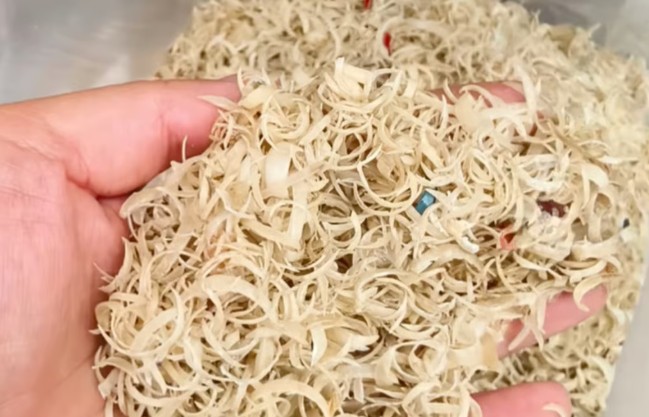According to China Times on 17/9/2025, a woman in Hebei province had been saving her and her family's fingernails since childhood. After many years, she was surprised to find someone willing to buy them for medicinal purposes, paying 300 CNY for about 500 grams.
In traditional Chinese medicine, human fingernails are known as "jin tui". This remedy is believed to clear heat, remove toxins from the body, and aid in wound healing. Ancient Chinese medical texts, such as Qianjin Yaofang by the Tang dynasty physician Sun Simiao, record fingernails as a treatment for bloating in children. Parents would burn the fingernails to ash, then apply it to the mother's breast for the child to ingest with milk.
Dr. He Lan, a senior practitioner of traditional Chinese medicine at Peking University Third Hospital, confirmed that doctors were still prescribing fingernails to patients in the 1960s. However, the use of this remedy declined as scientists found other ingredients with similar effects. Dr. He also noted that procuring this ingredient is not easy, as the average adult only grows about 100 grams of fingernails per year.
In 2018, public attention turned to Hou Yan Wan, a patented Chinese pill derived from a traditional sore throat remedy, because it contained human fingernails.
Professor Li Jimin at Chengdu University of Traditional Chinese Medicine told Kankan News that pharmaceutical companies usually source this ingredient from schools and villages. The fingernails are thoroughly cleaned and sterilized, then heat-treated and ground into powder. Some people are concerned about the unclear origin of the ingredient, for instance, whether it might include toenails. Professor Li asserted that this does not happen, adding that both the raw material and the finished product undergo rigorous testing before market release.
 |
Fingernails are a remedy in traditional Chinese medicine. Photo: Douyin |
Fingernails are a remedy in traditional Chinese medicine. Photo: Douyin
Fingernails are not the only human body part used in medicine. Teeth, hair, and even dandruff are listed as remedies in traditional Chinese medicine. According to the Compendium of Materia Medica, compiled by the renowned physician Li Shizhen in the 16th century, dandruff left on a comb can be mixed with thin porridge or wine to treat headaches.
However, with advancements in modern medicine and increasingly high hygiene standards, the use of human-derived ingredients has become extremely rare. Despite this, a small number of traditional medicine shops or private establishments still maintain the practice of procuring these materials.
Traditional medicine practitioners say "jin tui" requires strict preparation and should not be processed by individuals. Improper storage not only diminishes its medicinal properties but also poses a risk of infection.
Binh Minh (China Times, QQ)












